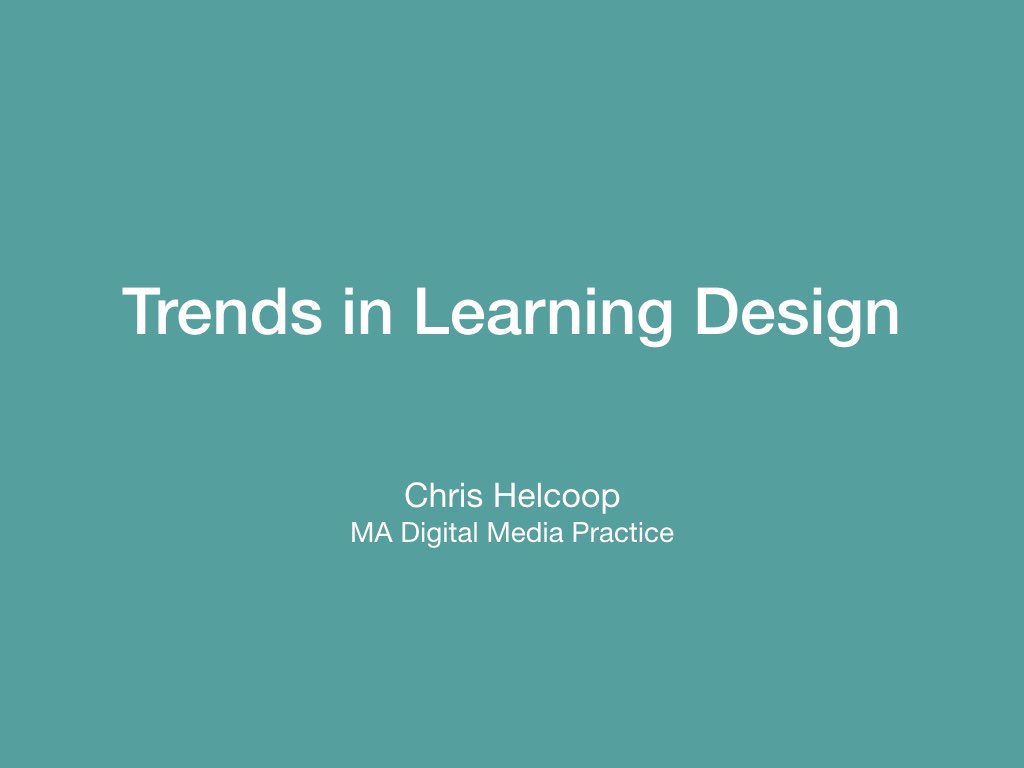For this week‘s lecture, my task was to prepare a presentation that explores trends within my area of research – learning design. This became an interesting little project for me, as I was able to research some case studies online and interlink these with theoretical knowledge gained from books.

It was interesting to consider the benefits of involving mobile devices in education as well as simulations, especially in light of the Coronavirus pandemic. However, I became most interested in the topic of “datafication.”
Having taught in FE colleges, I have had some awareness of datafication within education. Our courses would regularly be monitored for metrics such as student attendance and retention, high grades, and predicted grade. These would be benchmarked with student entry-data from their school exams, alongside data from other institutions from across the country, to better understand the performance of the course. Underperformance could result in meetings and support being arranged to ‘raise standards’.
While researching, I was interested to read the ethical concerns raised regarding the use of ‘intelligent uniforms’ to track student attendance or facial recognition to provide teachers with real-time feedback based upon their students. Although I understand that both of these technologies raise ethical issues concerning how we collect data, I ponder to what extent the issues are raised are new concerns, or being raised through fear of using such cutting-edge technologies.
When I would conduct tutorials with my students, showing them their teachers’ notes, noted dates and times of phone calls to home, recorded transcripts of email chains, and attendance metrics alongside their school, mock, and predicted grades, many students were taken back by this. I remember one student responding with one word, which she muttered uncomfortably, “wow.” To me, she didn’t seem to have any knowledge of the existence of a file of data being solely about her, even though it is standard practice for educational institutions to collect this. Perhaps she didn’t realise that we had a need for the data. I wonder whether her surprise was because she had become used to hearing about these metrics, but hadn’t considered how her own data could be collected, stored, and made useful to someone else who isn’t her.
I’ve made the whole presentation available for download on the below link.